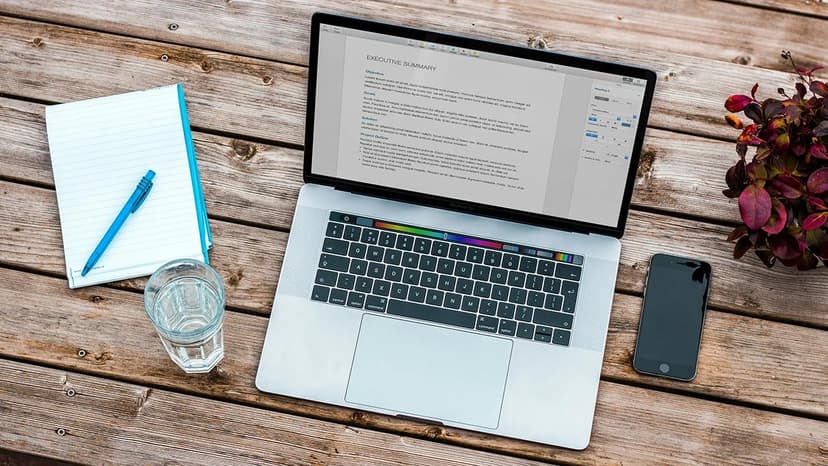Tips for Writing an Effective Business Letter
In the professional world, how important is a business letter as a communication tool? Whether reaching out to a potential client, collaborating with other businesses, or addressing customer concerns, a well-crafted business letter can lead to clear and effective communication. Here are essential tips to ensure your business letters are successful.
Keep It Professional
Should the tone of your business letter remain formal? Yes, it should. Maintain professionalism even with a casual relationship. Use a standard font like Times New Roman or Arial, and set the font size to 11 or 12 points. Ensure your language is polished and free of slang or overly casual phrases.
Follow a Standard Format
What is the typical structure of a business letter? Here’s how to organize it:
1. Sender's Information
Begin with your name, title, company name, and address in the top left corner. This is your letterhead. If your company has a designated letterhead, use that.
2. Date
Leave a line and then type the date. Writing out the full date is professional. Use "April 21" instead of "04/21."
3. Recipient's Information
After another line, include the recipient's name, title, company name, and address. Verify that you have the correct information to avoid confusion.
4. Salutation
Should you greet the recipient formally? Yes, use "Dear [First and Last Name]," or "Dear [Title]". If you do not know the individual’s name, it’s better to avoid "To whom it may concern:" if possible.
5. Body
How do you convey your message effectively? Start with a clear purpose in the first paragraph. Follow with additional paragraphs that elaborate on your points. Keep each paragraph short and focused. For longer letters, consider using bullet points for clarity.
6. Complimentary Close
End your letter with a formal closing, like "Sincerely," or "Best regards," followed by a comma. Leave four lines empty for your signature.
7. Signature
In the empty space, sign your name neatly. Below your signature, type your full name and title.
8. Enclosures
If you include documents, type "Enclosure(s):" followed by a list.
9. CC
To send a copy to someone else, indicate this with "CC:" followed by the person’s name and title.
Be Clear and Concise
Why is clarity important in a business letter? It helps convey your message quickly. Get straight to the point and avoid long sentences or jargon that may confuse the reader. Being concise shows respect for the recipient's time.
Proofread and Edit
Can minor typos undermine your professionalism? Yes, they can. Always proofread your letter multiple times. Check for spelling, punctuation mistakes, and logical flow. Editing software or a trusted colleague can provide valuable feedback.
Personalize When Appropriate
Should you let your personality show? Yes, especially when thanking someone or acknowledging a successful partnership. A personal touch can make your letter memorable.
Consider Cultural Sensitivities
When writing to someone from another country, how should you approach cultural differences? Be mindful of varying preferences in business communication. Some cultures may prefer a formal approach, while others value a personal connection right away.
Respond Promptly
Why is it important to respond quickly? Timely responses demonstrate that you value the recipient's time and the potential relationship. Aim to send your letters without delay.
Use Tools and Templates
Are there resources available to help? Yes, many online templates and business letter examples can assist in crafting your letter. These can help with format or offer pre-written responses for common inquiries.












